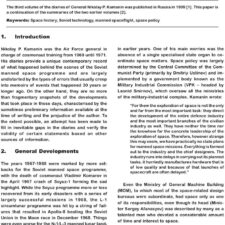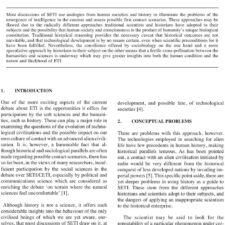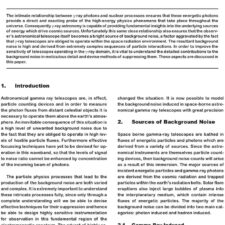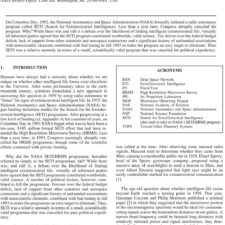How to Make Money out of RLVs
£5.00
B. Parkinson (2006), JBIS, 59, 395-399
Refcode: 2006.59.395
Keywords: Reusable launch vehicle, parametric cost modelling, launch system economics
Abstract:
A successful reusable launch vehicle (RLV) will need to launch payloads at lower prices than competing expendable launch vehicles (ELVs). Existing ELVs have the advantage of written off development costs, and support a range of payload sizes through dual launch and launcher modularity – features not expected to be shared by an RLV. However, the majority of ELV launch costs are expendable hardware, while for RLVs many costs are fixed annual costs. Starting with a per-flight cost below that of competing ELVs, an RLV can support a range of payload sizes at a fixed cost/kg. Since the cost of adding an extra flight to the annual operations (“marginal cost”) is also very much less than the “full recovery” cost, it is possible to extend the range of economic payload sizes downwards. This can provide the customer with a flexible, constant specific cost launcher, while giving the operator a strategy allowing recovery of the development and initial fleet production costs. An estimate for the probability distribution of future payloads (to LEO, GTO and polar orbits) is presented. This can then be used to optimize the vehicle market capture to maximise the operator’s profit, or to identify a minimum market size for which an RLV will be profitable.





